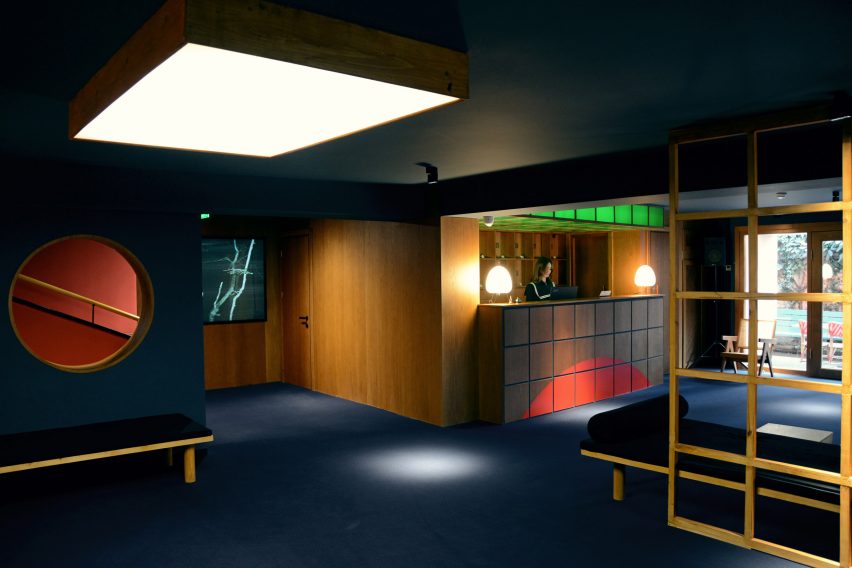“The entire world is obtaining smaller sized, which is aiding the Arab lifestyle to grow,” claims Suhel Nafar, Vice President of Tactic and Advancement for West Asia and North Africa at EMPIRE, an independent label, publisher, and distributor. Nafar is a single of lots of who have manufactured the changeover from artist to powering-the-scenes driver of Arabic music expansion. In the 1990s, he co-founded the very first Arab hip-hop crew, DAM, recognized for their socially-conscious audio about lifetime in Palestine, feminism, and guidance for marginalized communities. Nafar later labored at Spotify as the Global Lead of Arab Songs and Lifestyle, helping to curate around 120 playlists which include flagships like Incredibly hot Arabic Hits Yalla and Arab X.
“When you see Bad Bunny being the most-streamed artist on Spotify for 3 a long time in a row, that is absolutely the objective,” he claims. “And which is where we’re all likely way too. I consider it is heading to occur soon.”
It has taken decades of dependable maneuvering by artists in Southwest Asia, North Africa, and diaspora communities for Arabic audio to reach this new crest of world wide recognition and respect. Streaming platforms like Spotify and Anghami, together with social media sites like TikTok, have made Arabic songs simpler for listeners to entry, breaking by way of some of the conventional gatekeeping in the music business.
Meanwhile, television exhibits and films made by massive-funds Western studios—including the comedies Ramy on Hulu and Mo on Netflix, and the Marvel superhero saga Moon Knight on Disney+—tell tales of of those in the Arab community that experienced not earlier been supplied such a platform, and deploy Arabic tunes in a way that deepens what’s taking place on-screen. In Moon Knight, for the duration of a scene the place the most important character waits for his evening meal day suitable immediately after going through an rigorous dream sequence, the track “Bahlam Maak”—which interprets to “I dream with you”—by classic Egyptian singer Najat al-Saghira plays softly in the qualifications. These types of specifics may well look trivial on the surface area, but they depict a welcome change from the normal techniques Hollywood has used Arabic audio in movie, typically enjoying on racist tropes.
Large world wide functions such as very last year’s Entire world Cup in Qatar have also served as an helpful means to export Arabic tunes. “Tukoh Taka,” just one of the World Cup’s official anthems, showcased a collaboration involving Nicki Minaj, Colombian superstar Maluma, and Lebanese pop singer Myriam Fares performing in English, Spanish, and Arabic, respectively. The music has gathered far more than 125 million sights on YouTube considering that its debut.
On a lesser scale, dance spaces that middle the identities and music of Southwest Asian and North African diaspora communities have grown in attractiveness as of late. Laylit, a collective that hosts parties in New York and Montreal, has lately expanded to other cities like Washington D.C., marketing out tickets each time. And clips of a latest DJ set in London by DJ Nooriyah, who grew up in Saudi Arabia and Japan, for the renowned digital songs hub Boiler Area went viral on social media around the very last number of months. In just one of the videos, Nooriyah’s father plays the oud, a traditional Arabic instrument, as she weaves in her beats for an ecstatic group.
